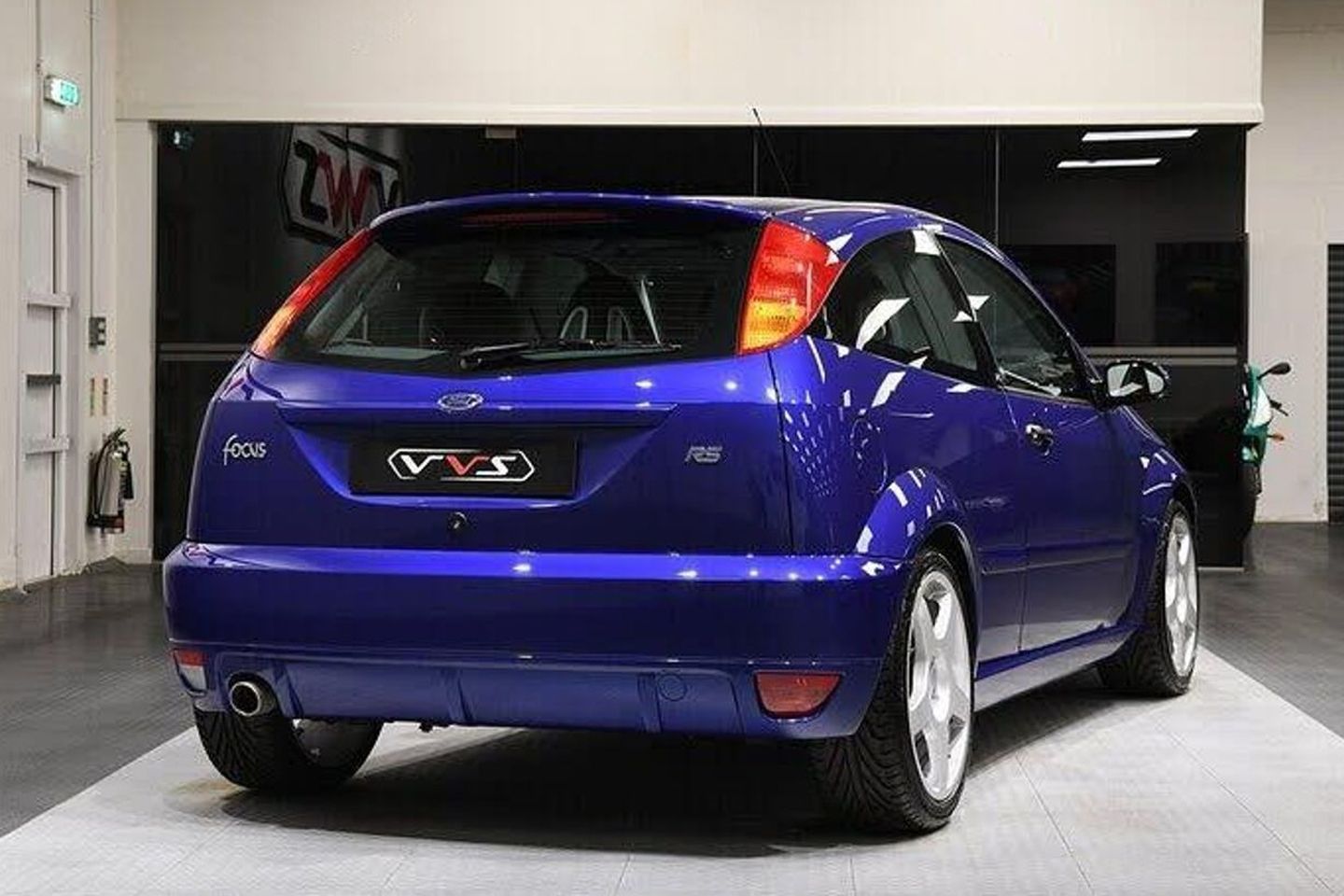
It would be a stony-hearted soul who didn’t appreciate Volkswagen’s efforts to keep its Golf GTI relevant in a market moving away from the ICE hot hatch at depressing speed. In terms of cars driven by the front axle exclusively, it will almost certainly be a case of ‘first in, last out’ for VW’s epoch-making model. Think what you like about the GTI’s ranking in a running order based on dynamic talent – but the car’s place in history is cast in cement. Many have challenged; none have ultimately stayed the distance.
It is incredible to think that we must include Ford among that number, unquestionably a thorn in VW’s side for much of the five decades that the Golf GTI has been with us. For a time, the Blue Oval managed to make anything its rival did look staid and boring. The distance between the two is a tale best told by each brand’s proxy in the supermini segment, the Fiesta ST being a mid-flight firework in comparison to the depressingly grounded Polo GTI. Accordingly, you see many of the former, and very few of the latter.
Of course, that did not save the Fiesta (the Polo, meanwhile, persists) and nor did it save the Focus, despite the latter producing three generations of RS, built between 2002 and 2018, that tower over anything Volkswagen achieved – save, perhaps, the Mk7 Clubsport S, the exception that proves the rule. We might have landed on any used example to illustrate the point, but given the Edition 50’s homage to history, it only seems fair to dwell on the pitch-perfect Mk1.


We say ‘perfect’ – it was not, for reasons that people were quick to point out at the time. But it was also wonderfully bonkers and palpably special, both for the way it was built and for the way it went. It hardly seems feasible that VW would have agreed to 70 per cent of the Golf’s components being switched out or modified. But that’s what Ford did, including its custom-built 2.0-litre Garrett turbo’d engine, its uniquely ratio’d ‘box, its Quaife ATB diff, its Sachs dampers, its bigger brakes, its 18-inch OZ Racing wheels and its many WRC styling cues.
In 2025, 215hp might appear mundane, but to experience it in the Mk1 simply confirms the current horsepower malaise: the RS was (and is) as interactive as a rolling maul and terrifically capable if you choose to do things in a way that suits the diff. This tends to require concentration, a commodity that most modern cars like to keep at the end of a ten-foot barge pole. The commensurate Golf GTI – an admirable return to form in Mk5 costume – required no such effort either. But it was an all-rounder’s cricket bat; the RS felt like the tip of the hot hatch spear.
Accordingly, and unsurprisingly for a much-liked fast Ford, you will pay through the nose for a good one. This one – one of several sparingly used examples on PH – is available for £49,990 having accrued just 5,700 miles under the careful supervision of its single owner. Is it worth that much? Objectively speaking, probably not. But when the RS first came out, in light of the prices being paid at the time for Escort Cosworths, some people deliberately set out to keep their cars box-fresh from day one. Precious few Golf GTIs have ever been treated with so much respect on such a consciously large scale. Which makes VW’s attentive treatment of its hot hatch, in contrast to Ford’s ill-considered exit from the market, all the more ironic.
SPECIFICATION | FORD FOCUS RS (MK1)
Engine: 1,998cc, four-cyl turbo
Transmission: 5-speed manual, front-wheel drive, limited-slip diff
Power (hp): 215@5,500rpm
Torque (lb ft): 229@3,500rpm
MPG: 28
CO2: 237g/km
Recorded mileage: 5,700
Year registered: 2003
Price new: £19,995
Yours for: £49,990

